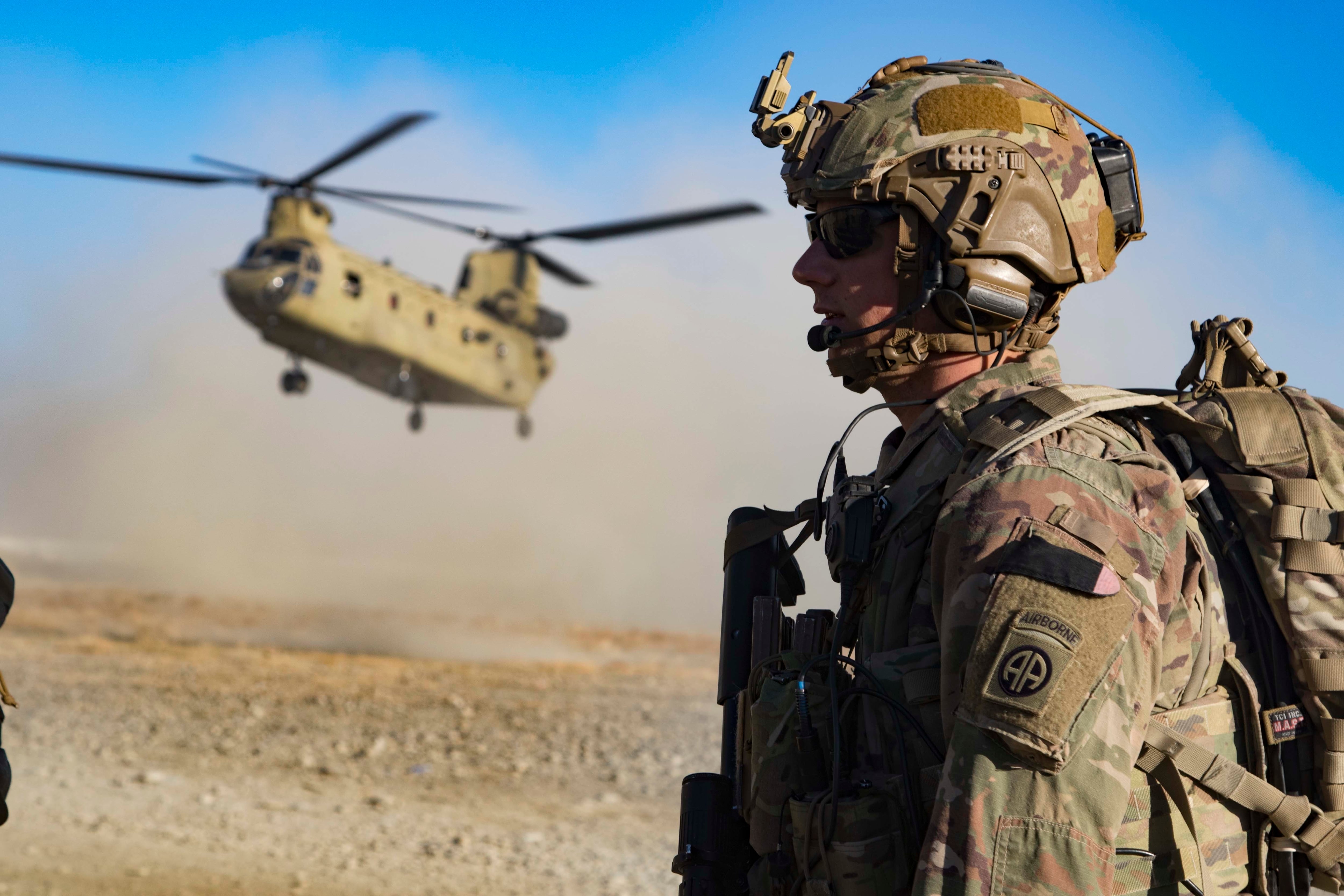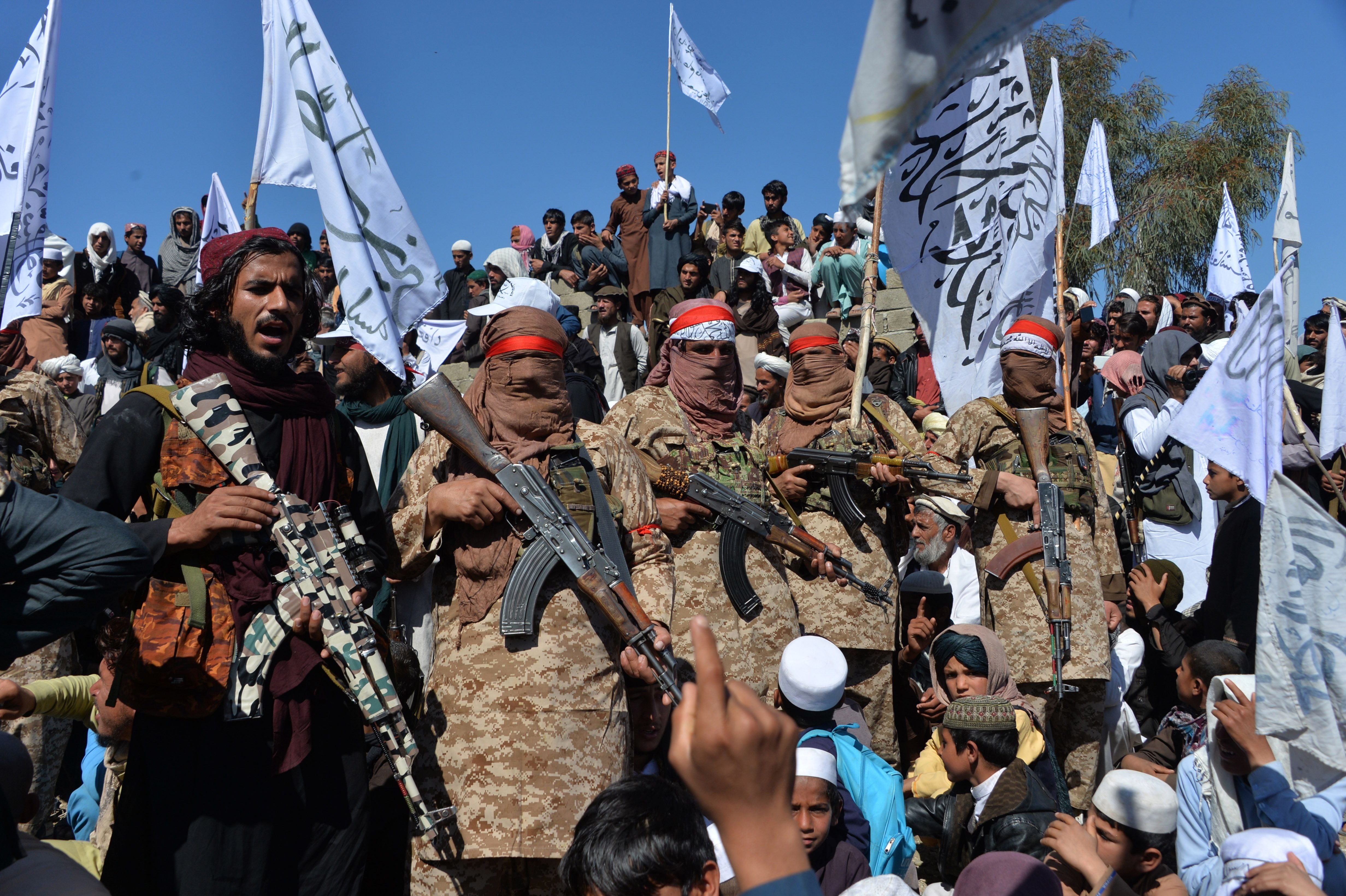President Donald Trump suggested Friday that it was possible the Taliban could seize power and overrun the Afghan military.
Trump’s remarks come amid turmoil over a peace deal signed between the Taliban and U.S. that could see the withdrawal of all U.S. forces from Afghanistan.
A resumption of Taliban military operations and wranglings over a prisoner exchange between Kabul and the militant group threaten to derail the agreement inked Feb. 29 in Doha, Qatar.
NBC News reported, citing three U.S. officials, that the American government has intelligence that the Taliban do not intend to live up to their commitments in the deal.
During a signing ceremony at the White House Friday, Trump said “It’s not supposed to happen that way, but it possibly will,” when asked if the Taliban will overrun the Afghan government after U.S. forces leave.
“We can’t be there for the next — another 20 years,” Trump said. Trump explained that the Afghan government needs to start protecting itself and expressed hope that Afghans were capable of defending themselves over the long term.
RELATED

“You know, this should have been done a long time ago. But you can only hold somebody’s hand for so long. We have to get back to running our country too,” Trump said at the White House Friday.
At a Fox News town Hall Thursday in Scranton, Pennsylvania, Trump expressed some optimism about the peace deal and suggested Taliban fighters may be growing tired of fighting on the battlefield.
“I think after 19 — actually, going very close to 20 — years, they’re also tired of fighting, believe it or not. But they are warriors and they are fighters and that’s what they’ve done for a thousand years,” Trump said in Scranton.
U.S. officials have been quick to defend the agreement between the Taliban and the U.S. despite a recent spike in violence as Taliban fighters resumed their offensive against the Afghan government on Monday.
American warplanes were forced to bail out Afghan forces on Wednesday in Helmand province after Afghan forces came under attack by Taliban militants.
The airstrike was a first for American aircraft following a week long reduction in violence period from Feb. 22 to Feb. 29 that led to the U.S. signing an agreement with the Taliban.

Secretary of Defense Mark Esper told lawmakers Wednesday that the uptick in violence following a relative lull was a breach of the Taliban’s commitments to reduce violence across the country.
However, the four-page publicly available agreement includes no terms related to a cessation of hostilities or a reduction in violence — adding confusion over whether the U.S. ever committed the Taliban to reducing violence on paper.
Esper suggested Thursday at the Pentagon that Taliban commitments to continue a reduction in violence were potentially laid out in the classified annexes of the deal not accessible to the public.
Secretary of State Mike Pompeo told CBS recently that the secret portions of the agreement are merely “military implementation documents that are important to protect our soldiers, sailors, airmen, and Marines.”
“There aren’t any side deals,” Pompeo told CBS.
Taliban spokesman Muhammad Suhail Shaheen tweeted Wednesday that reports of a classified deal between the U.S. and Taliban were not true. The Taliban spokesman said there is only the publicly available deal and an “enforcement mechanism" document.
Intra-Afghan negotiations are slated to kick of March 10 that could lead to a comprehensive ceasefire with the Taliban.
However, a disagreement over a prisoner exchange could derail the talks. On Friday, Shaheen tweeted that the Taliban were ready to kick of intra-Afghan talks on March 10 if Taliban prisoners are released.
RELATED

“Our negotiation team and agenda are ready and will go ahead as agreed,” Shaheen said. “If the negotiations are delayed beyond the stated date, the responsibility will rest with the others.”
On Thursday, Pompeo said the uptick in violence was unacceptable but he called on both sides to remove barriers and begin intra-Afghan talks.
“And while a reduction in violence is paramount, we also continue to press all sides to stop posturing, start a practical discussion about prisoner releases, knuckle down and prepare for the upcoming intra-Afghan negotiations,” Pompeo said.
“We have to get our people back home. It’s not fair. We’re a police force over there. We’re maintaining things. Eventually, we have to leave,” Trump said at the Fox News town hall Thursday.
There are 13,000 U.S. troops in Afghanistan. U.S. forces have started drawing down to 8,600. American forces are supposed to withdraw all troops in 14 months if the Taliban live up to its commitments in the agreement with the U.S.
Shawn Snow is the senior reporter for Marine Corps Times and a Marine Corps veteran.




